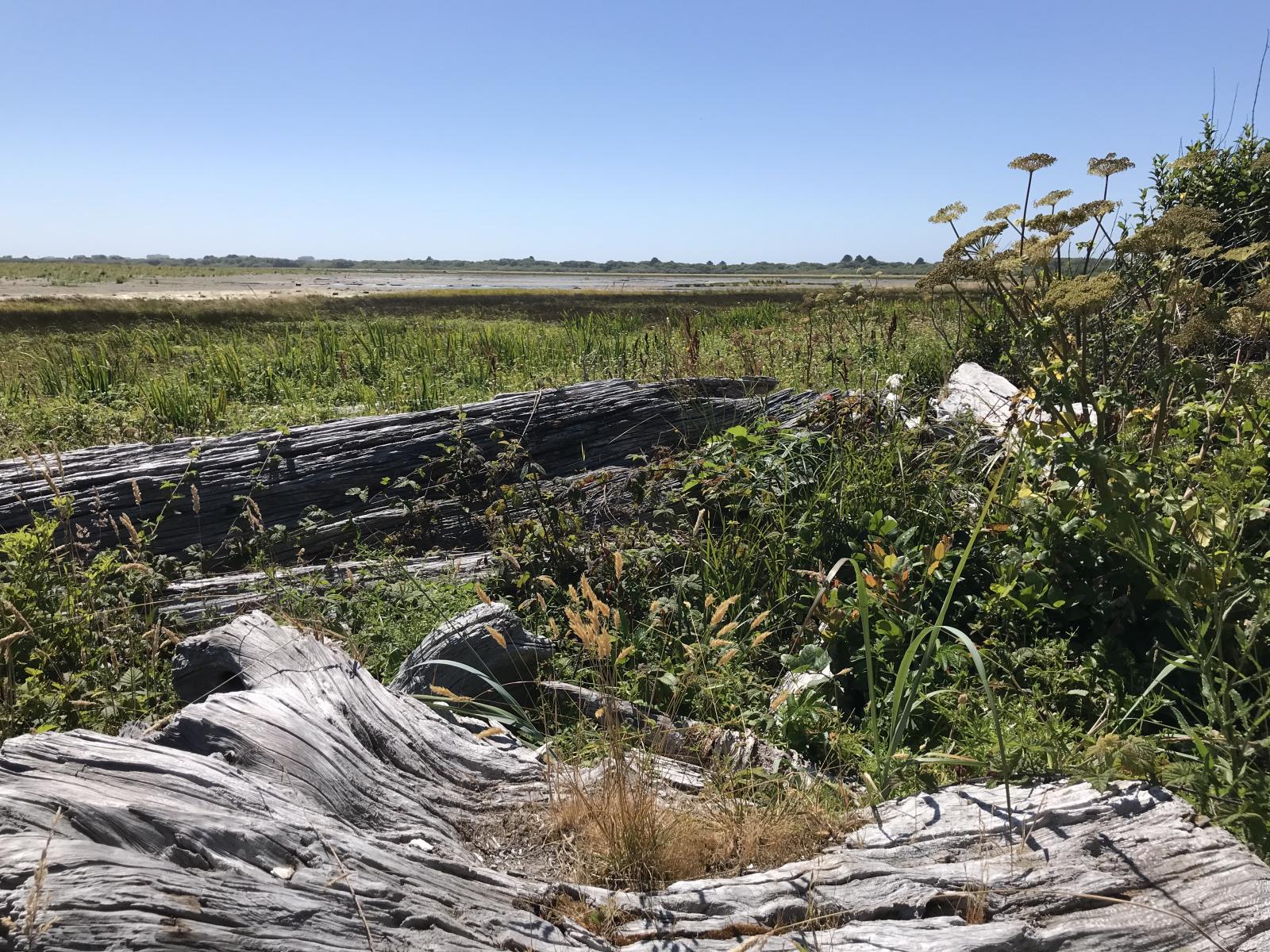
The Oyhut Unit is on the south end of the Ocean Shores peninsula in Grays Harbor County. This unit is popular for waterfowl hunting and birding. It is one of four remaining nesting sites in the state for the western snowy plover — a state listed endangered and federally listed threatened species. The unit is maintained as waterfowl habitat and for associated recreational opportunities.
The Oyhut Unit is located at the south end of the Ocean Shores Peninsula in Grays Harbor County. The unit can be accessed from Toquin Avenue off of Point Brown Avenue in Ocean Shores.
The Oyhut Unit is within the Grays Harbor watershed. Adjacent lands include City of Ocean Shores and saltwater intrusion sand dunes.
This unit is part of the Johns River Wildlife Area.
Game Management Unit: 642
Getting there
Maps and directions to WDFW-managed access points for this unit. Opens Google Maps in a new tab.
Recreation and public access
A Discover Pass is required on WDFW lands -- including water access areas, wildlife areas, and campgrounds -- unless you already have a Vehicle Access Pass issued with the purchase of an eligible hunting or fishing license. Recreate responsibly on public lands: please know the Public Conduct Rules.
Public facility information:
- Undeveloped parking area
- No restroom
Recreation and access advisories
- Overnight parking and camping is prohibited
- Public access is prohibited in the nesting area for western snowy plover (a federal-listed endangered/state-listed threatened species); observe closure signs
Hunting
This unit is a popular waterfowl hunting area.
Hunting advisories
- Hunting is restricted to shotguns using birdshot only (Ocean Shores Municipal Code 8.20.020)
- Hunting of game other than waterfowl and upland game birds is prohibited (Ocean Shores Municipal Code 8.20.010)
Wildlife viewing
This unit offers opportunities to view a variety of wildlife, including waterfowl.
Search for potential birding opportunities on or near a wildlife area unit by using eBird Northwest, a citizen science database portal that provides freely-shared bird lists at 'hotspots' and interactive maps plus other birding information updated daily.
Conservation
Special habitats and species
Sandy areas with sparse vegetation bordering the Grays Harbor estuary provide nesting habitat for the western snowy plover.
Conservation goals
- Improve and expand winter forage for elk
- Manage for waterfowl and species diversity
- Protect and restore estuary habitat
- Restore fish populations
Sandy areas with sparse vegetation bordering the Grays Harbor estuary provide nesting habitat for the western snowy plover.
- Improve and expand winter forage for elk
- Manage for waterfowl and species diversity
- Protect and restore estuary habitat
- Restore fish populations
Land stewardship
The Oyhut Unit was acquired to protect waterfowl habitat and associated recreation.
Acquisition history
The parcels making up this area were purchased between 1962 and 1965.
| Funder | Fund |
|---|---|
| US Fish and Wildlife Service | Pittman-Robertson Wildlife Restoration Program |
| WA Dept of Fish and Wildlife | WDFW Game Fund (now Wildlife Fund) |
| WA Recreation and Conservation Office | State Bond Account |
Management planning
2006 Olympic-Willapa Hills Wildlife Area Management Plan
Every eight to 10 years, the Washington Department of Fish and Wildlife (WDFW) revises management plans for each of its 33 wildlife areas to document current conditions, address new agency initiatives, and identify new management priorities and actions. In between those major revisions, WDFW updates plans every two years to outline short-term objectives and accomplishments. In 2014, WDFW began the process of updating existing plans, many of which were written in 2006. The new plans are being developed with significant public participation and input.